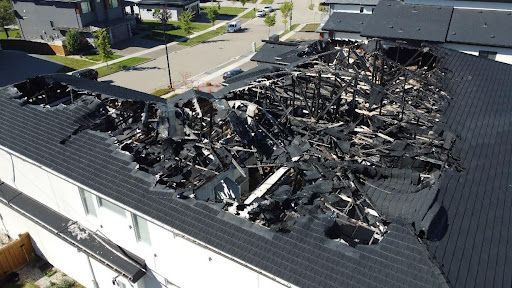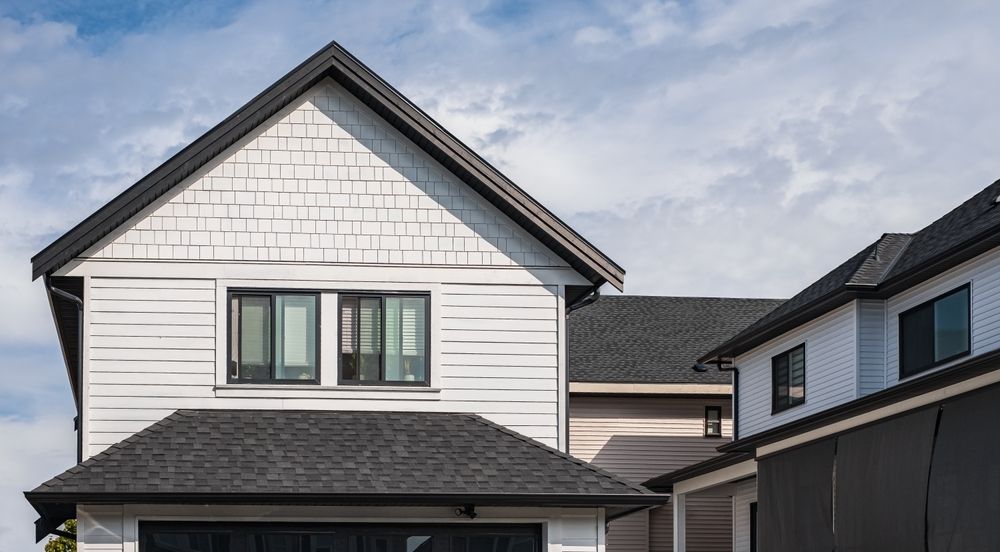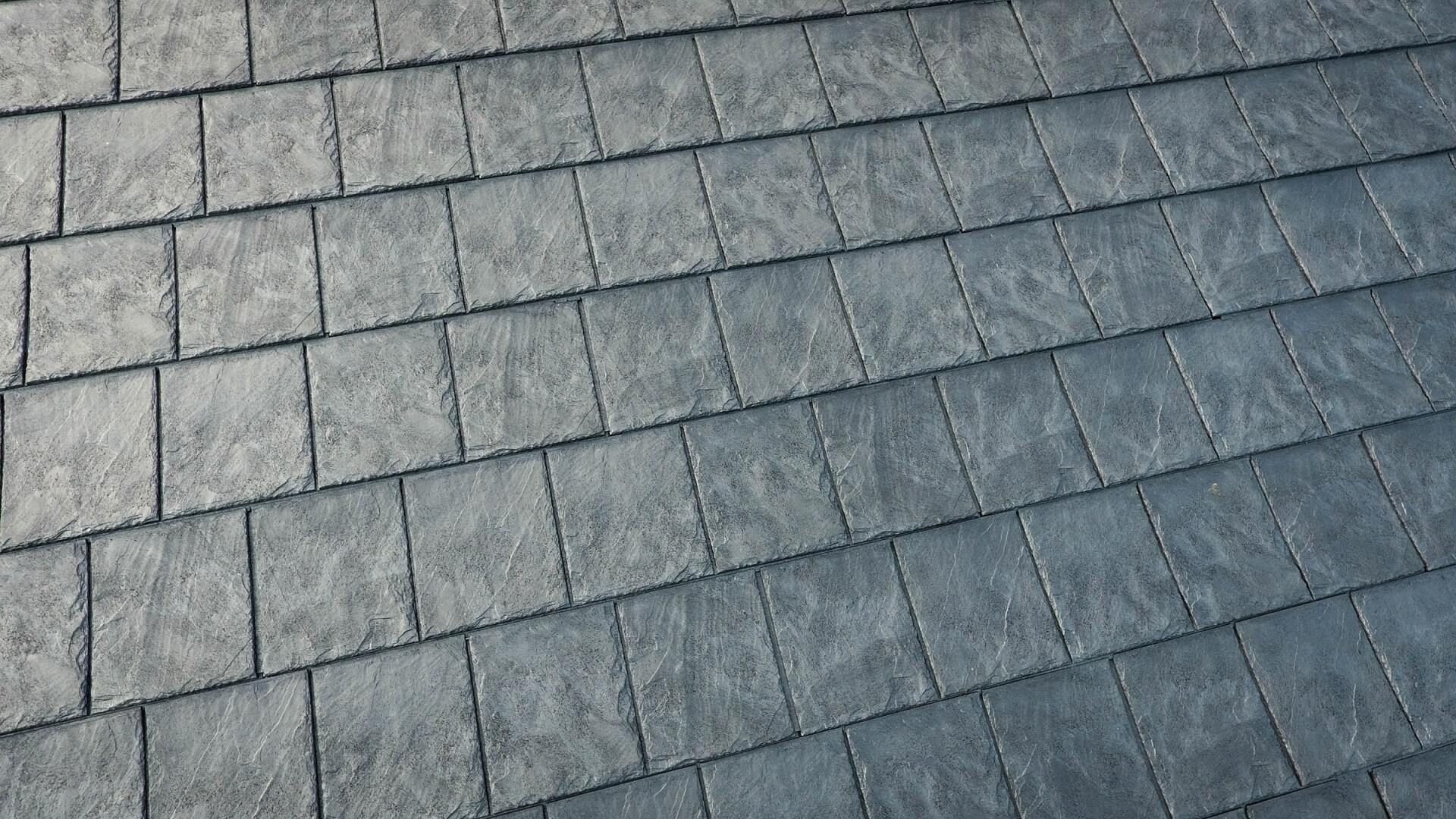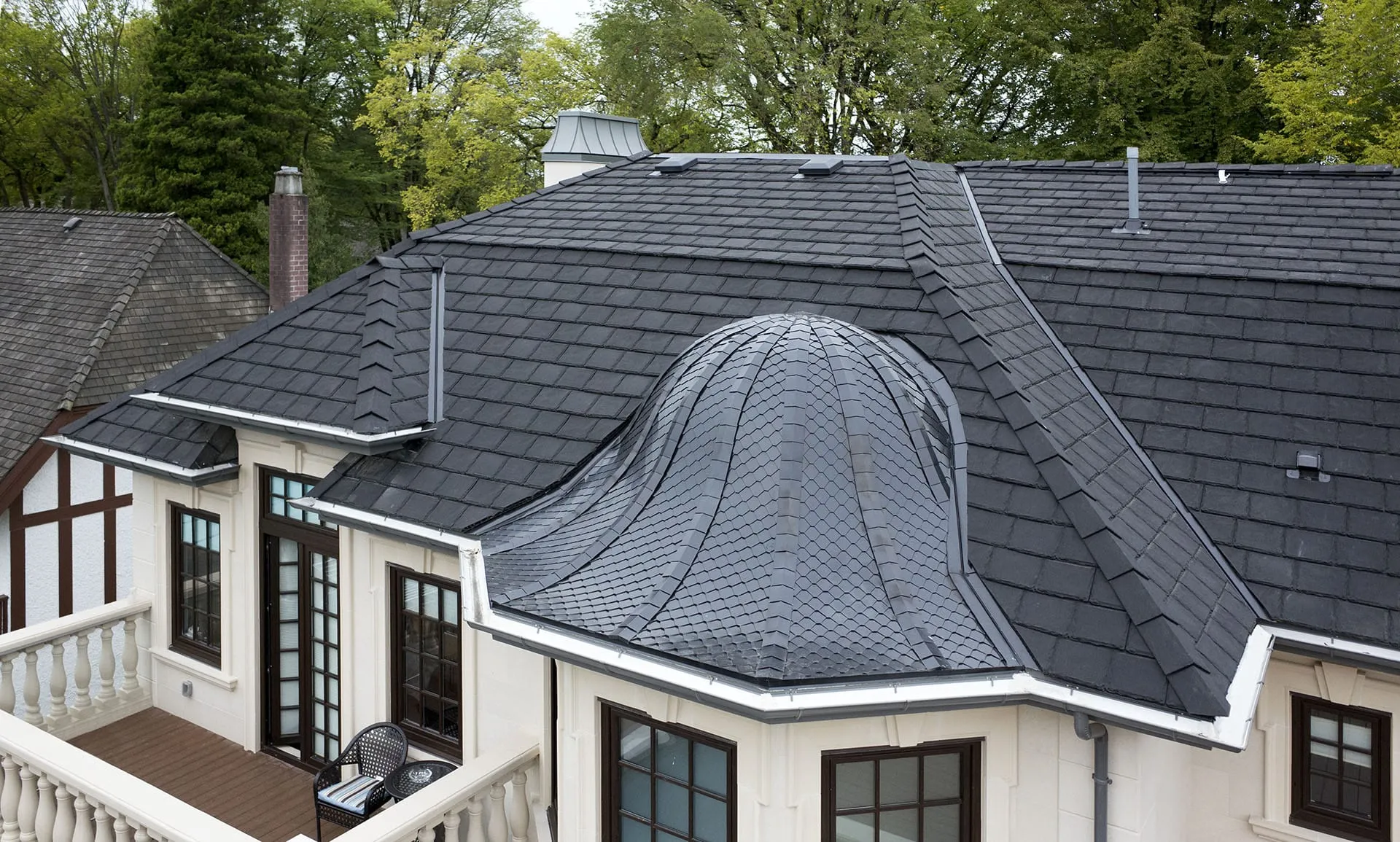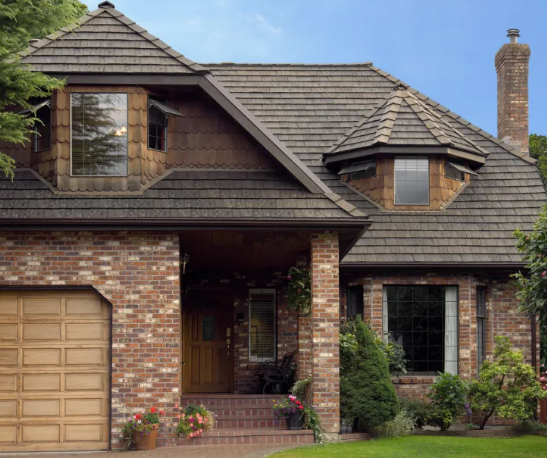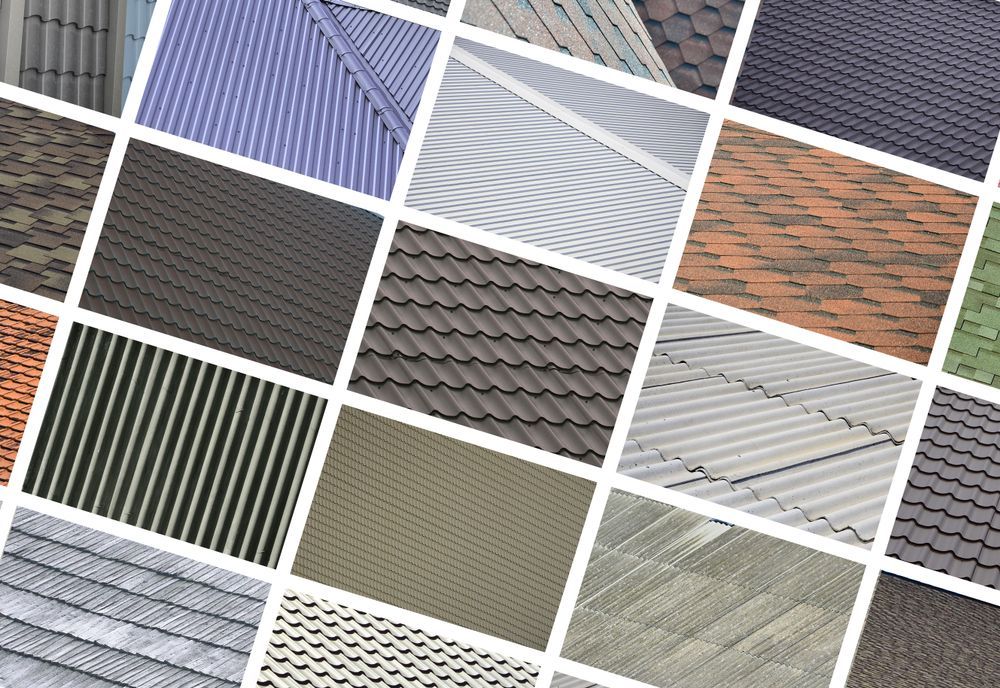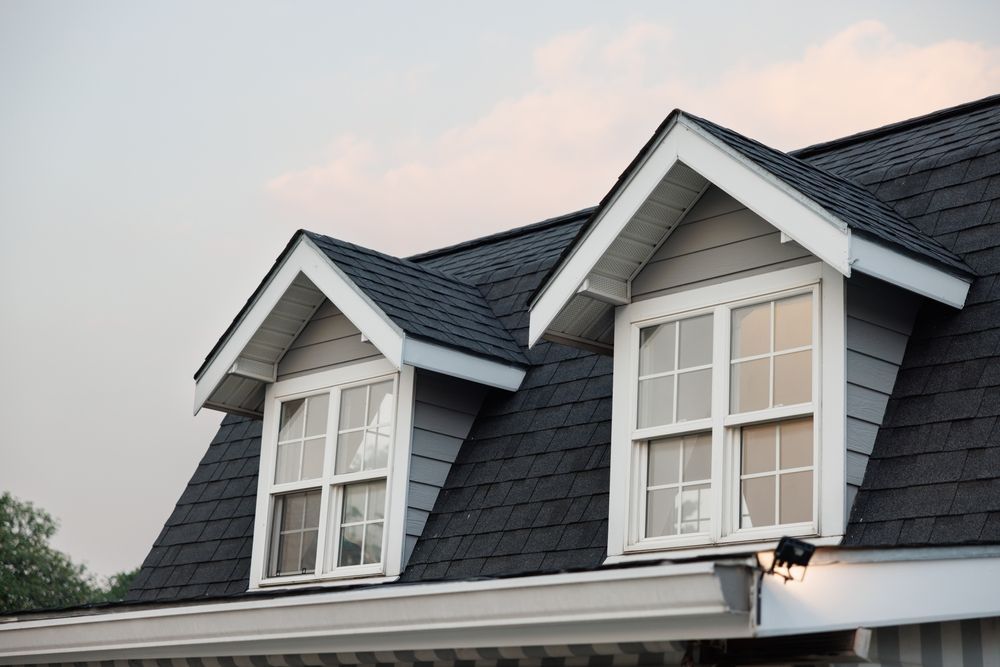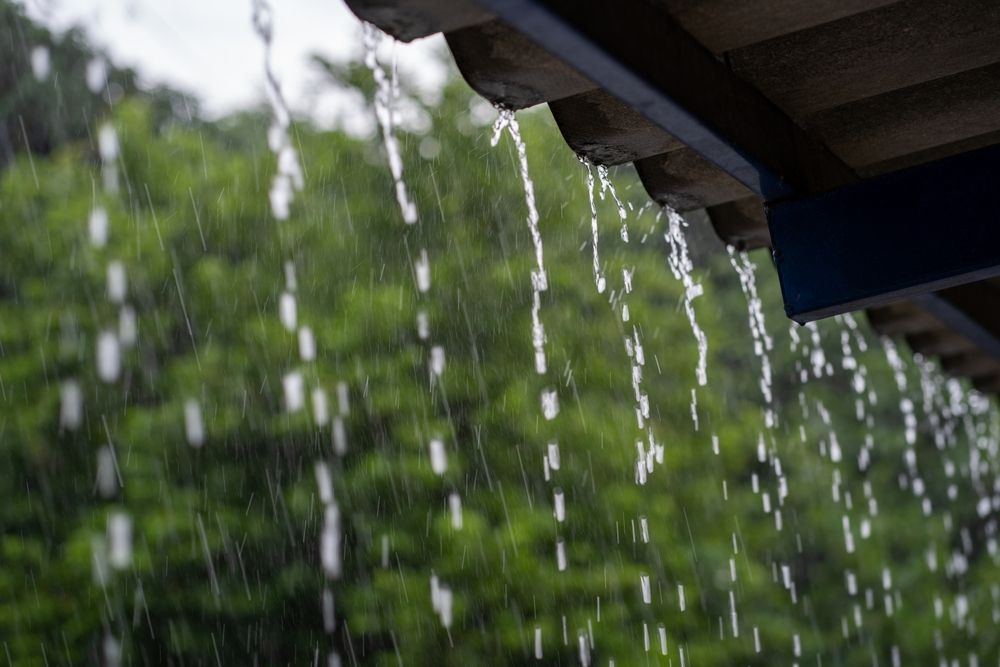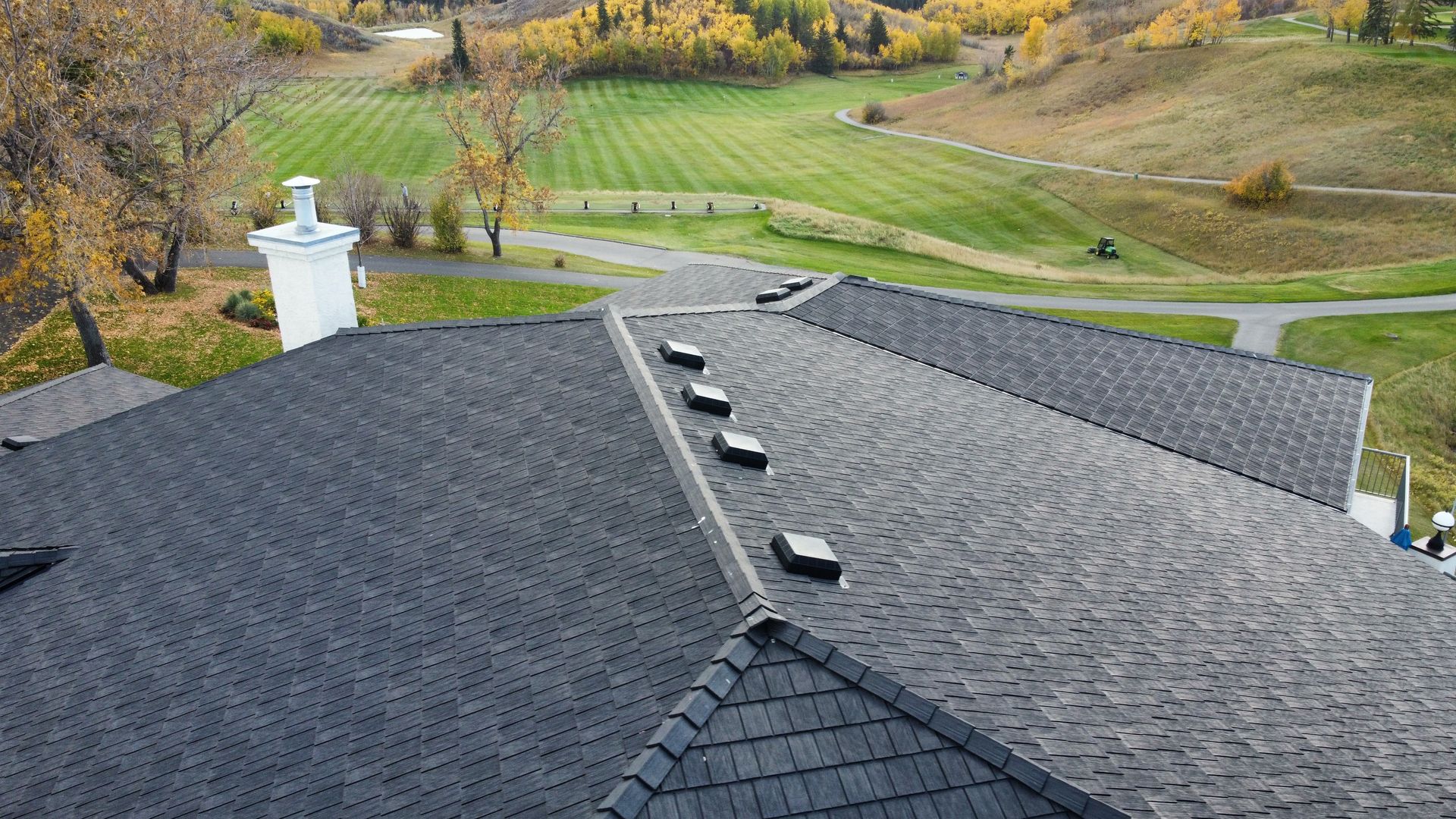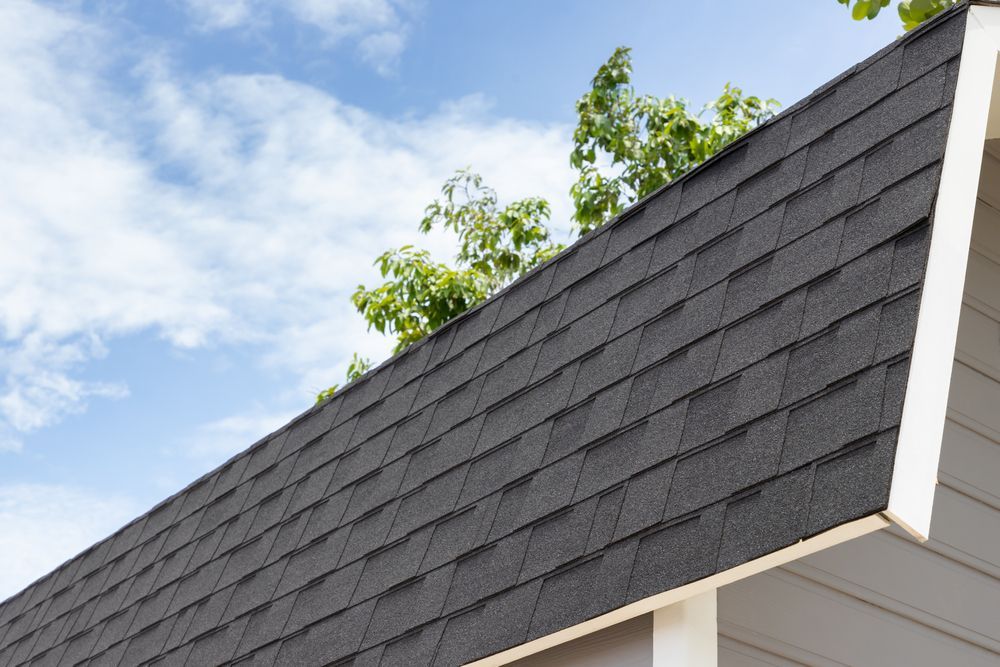Euroshield Shingles Are Hockey Tough
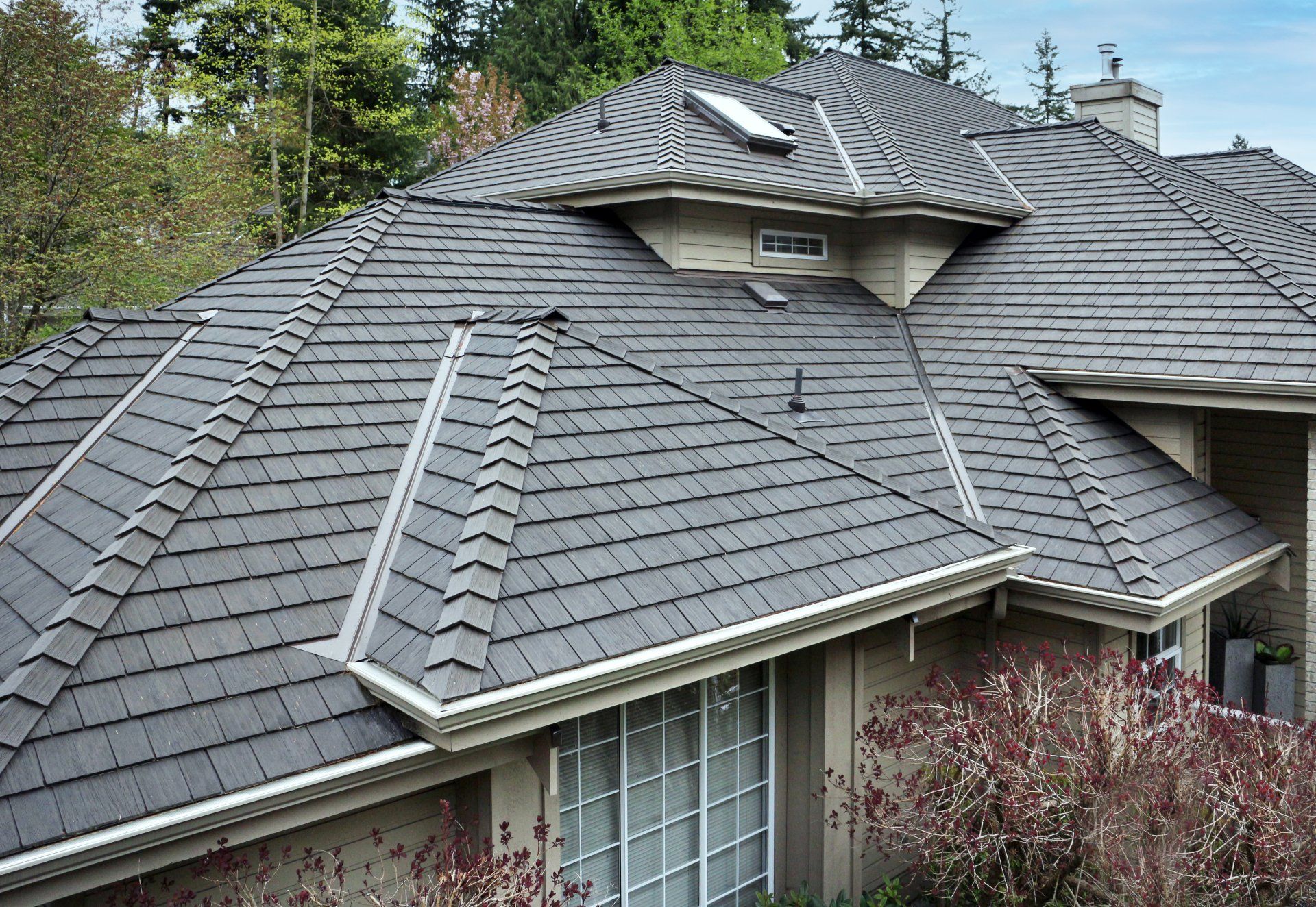
Hockey is one tough sport. From fights on the ice to shots on goal, there's a reason those players wear so much padding. Once shot, a hockey puck can reach speeds of 100 mph during a National Hockey League game— the same speeds as hail of similar size.
Your home must have the right roofing material, or padding, in order to keep your family protected and your repair costs low when faced with severe storms. That's why Euroshield chose hockey to demonstrate the toughness of our shingles. In the spirit of the 2022 Olympic Winter Games, our team fired shot after shot at Euroshield's Hail-Proof Vermont Slate shingles. You can check out the results on our social media, but let's examine why this test is essential.
Hail Speeds By Diameter
Like a hockey puck, hail is solid, and its potential for damage varies according to size and speed. Pea-sized or quarter-size hailstones are not as destructive as larger hail mainly because of the decreased
velocity due to their size.
- Hailstones less than 1 inch in diameter: 9-25 mph
- Hailstones 1 - 1.75 inches in diameter: 25-40 mph
- Hailstones 2-4 inches in diameter: 44 - 72 mph
- Hailstones 4 inches or more in diameter: 100+ mph
How Strong Are Shingles?
A hockey puck is 3 inches in diameter and 1 inch thick. Hail that size can reach speeds of up to 72 mph. In terms of what this means for shingles, there are four impact ratings depending on their ability when faced with projectiles.
- Class 1: Projectile diameter is 1.25 inches
- Class 2: Projectile diameter is 1.50 inches
- Class 3: Projectile diameter is 1.75 inches
- Class 4: Projectile diameter is 2.00 inches
The higher the classification, the tougher the shingle. Let's look at the most common types of shingles on the market and their ability to stay intact during a hail storm.
Euroshield Roofs Withstand Extreme Weather
Extreme weather conditions are one of the main reasons
Euroshield is recommended by roofing contractors worldwide. Hail and wind are two of the most significant factors in impact damage, and Euroshield shingles are your best defense against hail, wind, and more.
Asphalt Shingles
There are several types of asphalt shingles, but three-tab asphalt shingles are the most common roofing material used in North America. They are easy to install and affordable compared to other materials. Basic three-tab asphalt shingles have a Class 1 or 2 impact rating. If you prefer this look and ease of installation, there are more expensive asphalt shingles options that claim to be Class 4 impact resistant.
Asphalt shingles contain granules to help keep them strong and protect against impact. However, these shingles can lose granules over time. Regardless of a Class 4 impact resistant classification or strength of asphalt shingles, every impact or storm cycle will loosen and remove these protective granules leaving the underlayment exposed and your roof vulnerable.
Metal Roofs
Metal is a favorite choice for many homeowners, especially in specific locales. Metal is durable and does have a Class 4 impact rating. Two drawbacks? Metal roofs are expensive, just over $49,000, compared with $6,500 for asphalt shingle installation. The building type and design and frequent exposure to large hail can limit a metal roof's wind-resistance effectiveness and even loss of integrity. Hail can puncture metal panels, depending on the panels' thickness and the hail's size. Some metal roofs have fasteners or clips at the seams, which can be damaged during hailstorms, leading to gaps in protection and potential moisture exposure to your home.
Slate Shingles
Slate or stone shingles are aesthetically pleasing and can last up to 100 years. But that's where the benefit ends. Despite its rigid material, the standard 1/4 inch thick slate shingles only achieve a Class 3 rating. So hail traveling at more than 70 mph can crack slate shingles. Slate shingles are heavy, so they stand up to strong winds well. But they are costly to install and maintain.
Clay and Concrete Shingles
Concrete is solid, so you'd think clay and concrete shingles are tough to beat. Another aesthetic choice, they also have a Class 4 rating. Like slate, these shingles are heavy and expensive and must be replaced once cracked. Among their many installation requirements, they are not
suitable for locations with freeze-thaw weather patterns. This can result in integrity loss and make them more susceptible to cracking during a hailstorm.
While clay and concrete shingles are wind resistant up to 110 mph, they are no match for some sustained hurricane-force winds. In September of 2022, many homeowners found this out firsthand. Hurricane Ian easily ripped clay and concrete shingles off Florida roofs.
Euroshield HP Rubber Shingles Can Stand Up To 4-inch Hail
Rubber is durable and able to withstand extreme weather conditions. Properly designed rubber shingles are resistant to cracking, mold, discoloration, denting, and moisture absorption. Euroshield® researched and invested in the best tire rubber to create our roofing materials. Not only do all of our shingles give your home a luxury look at a fraction of the cost and have a Class 4 rating, but we've created a rubber shingle that is hail-proof and wind-proof (tested 160 mph).
Euroshield's Vermont Slate HP is factory warrantied against hail impact damage of any size for the first 20 years. After that, it reverts to the standard warranty for hail of two-inch diameter or less for 30 years. This is one of the only roofing materials available that offers a warranty against any size hailstone. We even tested our hail-proof shingles by firing a 4-inch block of ice at 183 mph, and it didn't even scratch or ding the surface.
Talk To Your Contractor About Euroshield Roofing Materials
As strong storms become more frequent and
costly, having the right roof makes all the difference. Your roof should be tough enough to withstand dangerous hail, wind, and storm debris, especially hailstones the size of a hockey puck. Eurosheild's eco-friendly,
sustainable shingles are proven to be some of the toughest on the market. Our shingles are made from 75% recycled tires and 95% recycled materials. They were developed to help prevent the deluge of old tires and used asphalt shingles from clogging up landfills. For more information, visit our
product section. You can also request an
estimate or find a
local installer near you.
